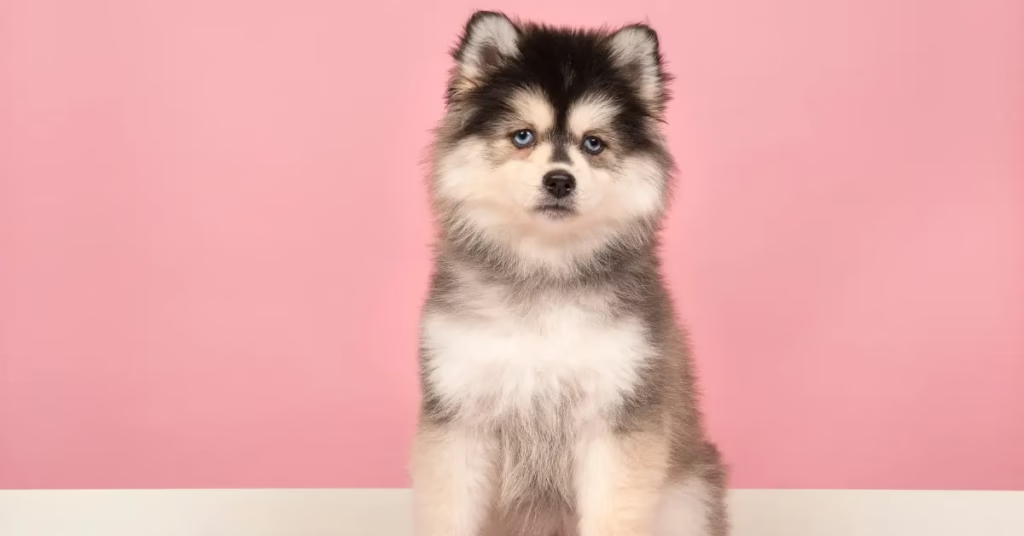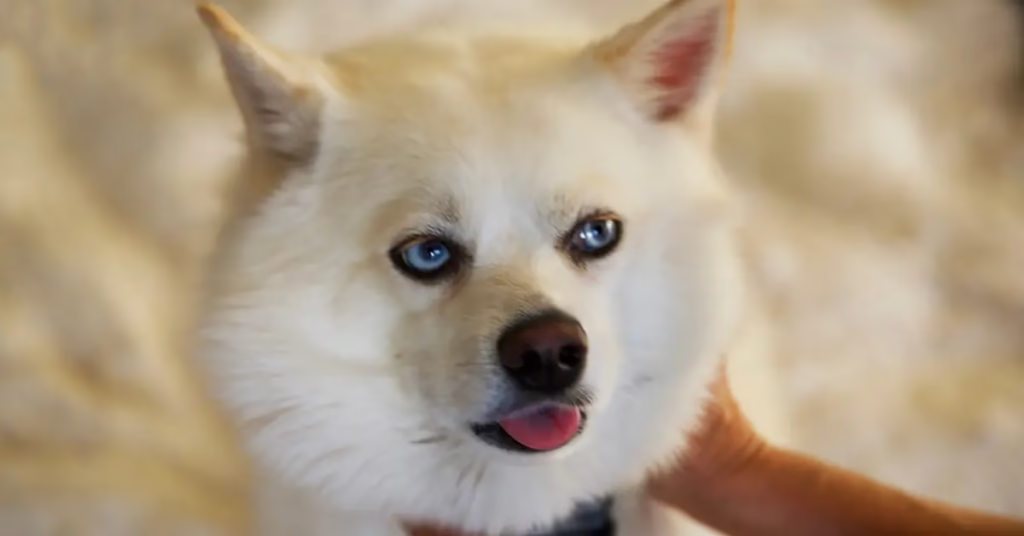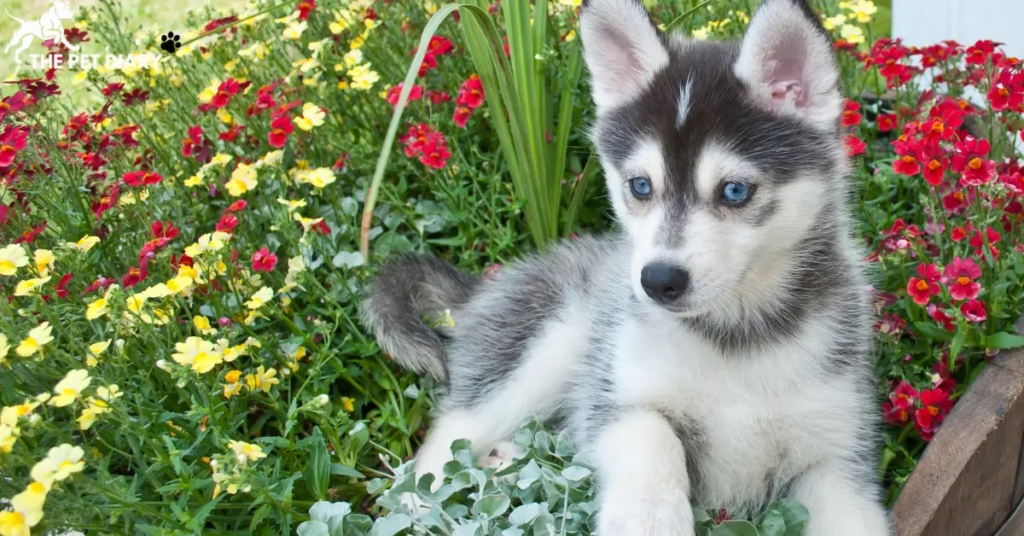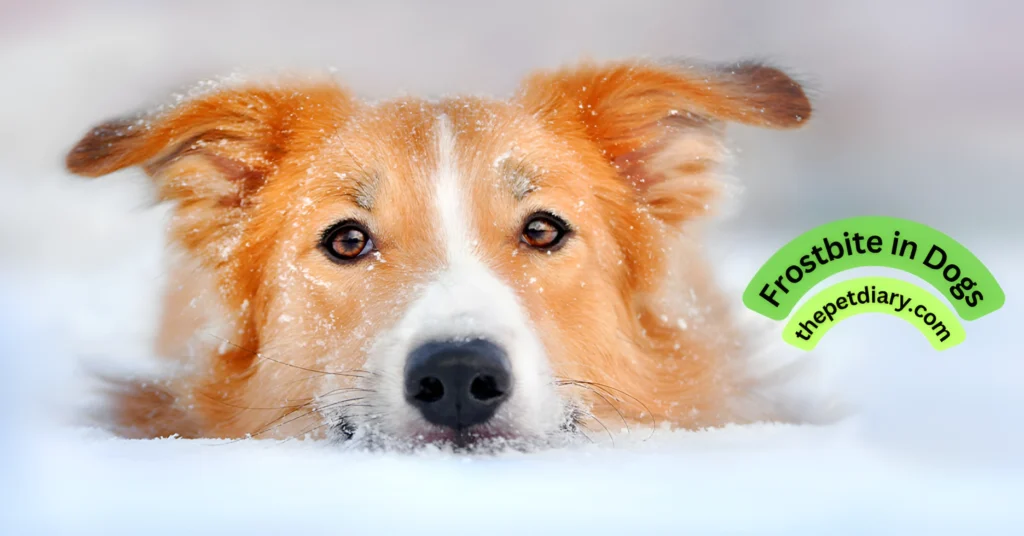Introduction
If you’ve ever dreamed of owning a dog that combines the intelligence and playfulness of a Pomeranian with the striking looks of a Siberian Husky, then the Pomsky might just be your perfect match. This designer dog breed has gained massive popularity across the globe due to its adorable looks, friendly nature, and Instagram-worthy charm.
In this comprehensive guide, we’ll explore everything you need to know about Pomsky dogs, from their history, temperament, and care needs to their size, lifespan, training tips, and Pomsky price. Whether you’re considering adopting a Pomsky puppy or you already own one, this article will serve as your go-to resource.
📌 What is a Pomsky?
A Pomsky (sometimes spelled Pomski) is a designer dog breed created by crossing a Pomeranian with a Siberian Husky. The result is a small-to-medium-sized dog with the fluffy coat and striking features of a Husky, combined with the manageable size and playful nature of a Pomeranian.
- Other Names: Mini Husky, Miniature Pomsky, Teacup Pomsky
- Breed Group: Hybrid/Designer
- Origin: United States (early 2010s)
🐶 Pomsky Dog Characteristics
Pomskies are known for their unique appearance and personality. No two Pomskies look exactly alike since they inherit traits from both parent breeds.
| Characteristic | Details |
|---|---|
| Size | Small to medium |
| Weight | 15 – 30 lbs (depends on generation) |
| Height | 10 – 15 inches |
| Coat | Thick, double-layered (like a Husky) |
| Colors | Black, pomsky white, grey, brown, cream, sable |
| Temperament | Playful, intelligent, loyal |
| Lifespan | 12 – 15 years (average Pomsky life expectancy) |
| Popular Variants | Mini Pomsky, Teacup Pomsky, Miniature Pomsky |
📏 Pomsky Size: How Big Does a Pomsky Grow?
One of the most common questions dog lovers ask is: “How big does a Pomsky grow?”
- A full grown Pomsky typically weighs between 15 to 30 pounds.
- A mini Pomsky or teacup Pomsky can weigh as little as 5 to 10 pounds, but they are rare and often expensive.
- The Pomsky’s size largely depends on which parent breed’s genes are more dominant.
Factors Affecting Pomsky Size:
- Generation (F1, F2, F3) – First-generation Pomskies (50/50 mix) tend to be larger.
- Parent Size – A Pomsky bred from a larger Husky will likely grow bigger.
- Diet and Exercise – Proper nutrition plays a huge role in growth.
🍼 Pomsky Puppies
Pomsky puppies are some of the cutest puppies you’ll ever see. With fluffy coats and big eyes, they look like miniature Huskies.
- They are high-energy and need lots of playtime.
- Early socialization is crucial to preventing behavioral issues.
- Training should start from puppyhood, as Pomskies can be stubborn like Huskies.
⚠️ Tip: Avoid breeders selling extremely tiny teacup Pomsky puppies, as they may face severe health issues.
🩺 Common Health Issues in Pomskies

Like all dog breeds, Pomskies may inherit health issues from their parent breeds (Pomeranian and Siberian Husky). Understanding potential risks helps owners provide better care and increase the Pomsky life expectancy.
1. Hip Dysplasia
- A common condition in medium-sized breeds, including Huskies.
- The hip joint doesn’t develop properly, leading to arthritis and mobility issues.
- Symptoms: Limping, difficulty climbing stairs, and stiffness.
- Prevention: Maintain a healthy weight, regular vet checkups, and provide joint supplements if recommended.
2. Dental Problems
- Smaller Pomskies, especially teacup Pomskies and miniature Pomskies, often suffer from overcrowded teeth.
- Plaque buildup can lead to gum disease and tooth loss.
- Prevention: Regular brushing, dental chews, and yearly dental cleanings.
3. Eye Issues
- Inherited from the Husky side.
- Common problems: Cataracts, Progressive Retinal Atrophy (PRA), and corneal dystrophy.
- Symptoms: Cloudy eyes, bumping into objects, and excessive tearing.
- Prevention: Routine eye exams and a high-quality diet with antioxidants.
4. Collapsed Trachea
- More common in mini Pomsky and teacup Pomsky due to their small size.
- Symptoms: Coughing, wheezing, difficulty breathing.
- Prevention: Use a harness instead of a collar to avoid throat pressure.
5. Skin & Coat Problems
- Since Pomskies shed, skin allergies or dry skin can occur.
- Prevention: Omega-3 fatty acid supplements, hypoallergenic shampoos, and regular grooming.
👉 Tip: Always ask your breeder for health clearances of the parents. A reputable breeder screens for genetic diseases, lowering the risk for your Pomsky puppy.
🌿 Pomsky Dog Temperament
Pomskies inherit personality traits from both parents.
- From Pomeranian: Lively, alert, playful.
- From Husky: Intelligent, stubborn, loyal.
This makes them affectionate and fun-loving, but sometimes a little independent. They thrive in homes where they get enough exercise, mental stimulation, and attention.
🐾 Do Pomskies Shed?
Yes, Pomskies do shed, and quite a lot! Since they inherit the double coat of a Husky, they shed seasonally, especially in spring and fall.
- Regular brushing (3–4 times a week) helps control shedding.
- Invest in a high-quality vacuum and grooming tools.
- Professional grooming every few months can reduce heavy shedding.
💰 Pomsky Price: How Much Does a Pomsky Cost?
The Pomsky price varies depending on breeder reputation, generation, coat color, and size.
| Type of Pomsky | Average Price (USD) |
|---|---|
| Standard Pomsky | $1,500 – $3,000 |
| Miniature Pomsky | $2,000 – $3,500 |
| Teacup Pomsky | $3,000 – $5,000+ |
| Rare Colors (Blue-eyed, white Pomsky) | $2,500 – $5,000 |
⚠️ Warning: If a breeder offers a Pomsky puppy at an unusually low price, it may be a scam or a puppy mill. Always choose a reputable breeder or adopt from a shelter.
⏳ Pomsky Life Expectancy
The lifespan of a Pomsky is around 12–15 years, depending on health, genetics, and care.
Ways to Increase Your Pomsky’s Lifespan:
- Feed a balanced diet.
- Provide regular exercise.
- Take them for annual vet checkups.
- Keep up with vaccinations and parasite control.
- Give them lots of love and mental stimulation.
🧴 Pomsky Dog Grooming & Care Guide:
One of the biggest responsibilities of owning a Pomsky dog is managing their beautiful (but high-maintenance) coat.

🐾 1. Brushing & Coat Care
- Pomskies have a double coat (like Huskies), which means they shed heavily, especially in spring and fall.
- Brush 3–4 times per week with a slicker brush or de-shedding tool.
- During heavy shedding (“blowing coat”), daily brushing is ideal.
- Regular grooming reduces mats, prevents skin infections, and keeps their fur shiny.
🐾 2. Bathing
- Bathe your Pomsky full-grown only once every 6–8 weeks (unless dirty).
- Overbathing strips natural oils, causing dry skin.
- Use dog-safe, hypoallergenic shampoos.
🐾 3. Nail Trimming
- Long nails can cause pain, posture issues, and difficulty walking.
- Trim nails every 3–4 weeks or when you hear them clicking on the floor.
🐾 4. Ear Cleaning
- Pomskies may inherit floppy ears from the Husky side, which can trap moisture.
- Clean ears every 2–3 weeks with vet-approved ear cleaner.
🐾 5. Dental Hygiene
- Brush teeth 2–3 times a week to avoid dental issues.
- Provide dental chews and toys to reduce plaque.
🐾 6. Eye Care
- Wipe away tear stains with a damp cloth.
- Watch for redness, cloudiness, or excessive tearing (signs of eye disease).
🐾 7. Professional Grooming
- Every 3–4 months, take your Pomsky to a groomer.
- They can de-shed, trim nails, clean ears, and give a hygienic trim.
🐕 Pomsky Dog vs. Other Breeds
If you’re unsure whether a Pomsky is right for you, here’s a quick comparison.
| Breed | Size | Lifespan | Temperament |
|---|---|---|---|
| Pomsky | Small/Medium | 12–15 yrs | Playful, Intelligent, Loyal |
| Pomeranian | Small | 12–16 yrs | Bold, Energetic |
| Siberian Husky | Medium/Large | 12–14 yrs | Friendly, Independent |
| Alaskan Klee Kai | Small | 12–16 yrs | Alert, Reserved |
🌟 Is a Pomsky Dog Right for You?
A Pomsky dog is ideal for:
- Families with older children.
- People living in apartments (if properly exercised).
- Active individuals who can meet their energy needs.
They may not be suitable for:
- Very small children (due to fragility).
- Owners who can’t dedicate time to grooming and exercise.
Related Post: Chihuahua Dog: Traits, Care Needs & Personality
🦴Conclusion of Pomsky Dog:
The Pomsky is one of the most charming and sought-after designer dog breeds today. With their fluffy coats, striking looks, and playful personalities, they make wonderful companions for the right owners. Whether you’re considering a Pomsky puppy, a miniature Pomsky, or even a full-grown Pomsky, understanding their needs will ensure a happy and healthy life together. Just remember, Pomskies shed. Need regular care, and thrive on love and attention. If you’re ready for a loyal, affectionate, and Instagram-worthy pet, the Pomsky might just be your perfect match. 👉 Learn more about this amazing breed here: thepetdiary.com
🦴FAQS of Pomsky Dog:
❓ How big does a Pomsky Dog grow?
A Pomsky full-grown usually weighs 20–30 pounds and stands 10–15 inches tall. However, a mini Pomsky or teacup Pomsky can be much smaller, sometimes under 10 pounds. Size depends on the genetics of the Pomeranian and Siberian Husky parents.
❓ Do Pomsky Dog shed?
Yes, Pomskies shed a lot because they inherit a double coat from the Husky side. They shed year-round, with heavy seasonal shedding during spring and fall. Regular brushing (3–4 times per week) helps control fur and keeps their coat healthy.
❓ How much is a Pomsky?
The Pomsky price can range from $1,500 to $5,000, depending on size (miniature Pomsky, teacup Pomsky, or standard), coat color, and breeder reputation. Rare coat colors like Pomsky white often cost more.
❓ How long do Pomskies live?
The average Pomsky life expectancy is 12–15 years. Smaller sizes like mini Pomsky and teacup Pomsky may live slightly longer with proper care, while larger Pomskies may have a shorter lifespan.


